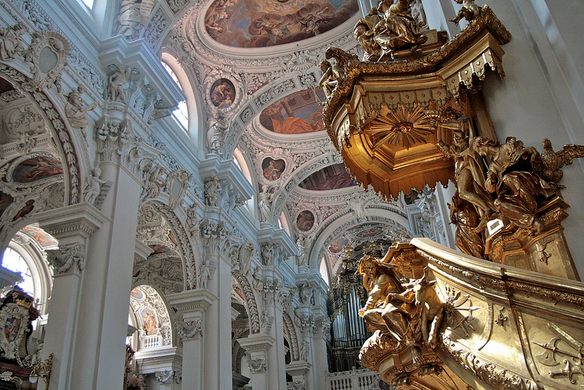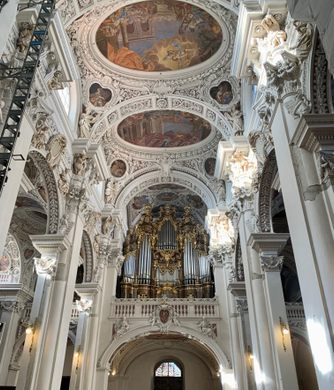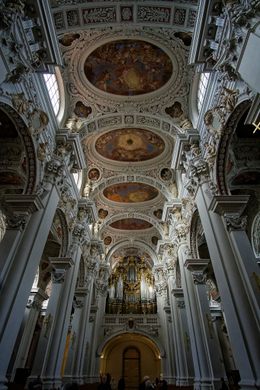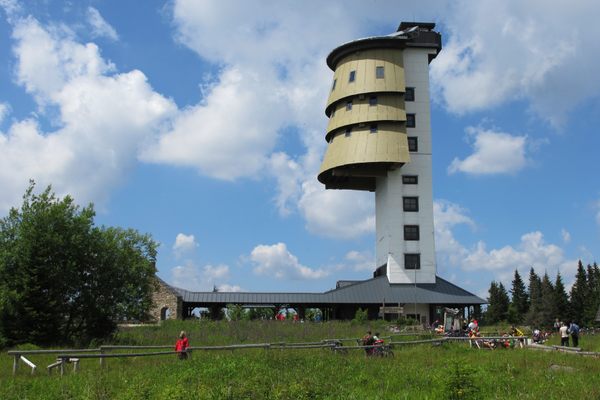Europe's Largest Pipe Organ
When a medieval fire claimed the original St. Stephen’s Cathedral, it sparked a pattern of unquenchable organ building.
The St. Stephen’s Cathedral of today was built in 1682, but the original version of the church had already burned to the ground by 1662, taking with it the parish’s first organ.
As is the case for most of the world’s giant organs, the organ at St. Stephen’s took shape gradually over the course of centuries. The contemporary version consists of five separate organs in varying tonal styles amounting to 17,774 pipes, 223 registers, and four chimes. Each portion of the organ was built separately, possesses its own unique tone, and can be played as a standalone instrument by way of its own console.
The obvious centerpiece of the cathedral is the main organ, being the largest of the five with a stunning case built in 1733 by Joseph Matthias Götz. A tiny Echo Organ in the middle nave vault section of the church is more demure in its charms, compensating for its modest size by producing sound through the “Heiliggeistloch” (or Holy Ghost opening) in the ceiling.
A lone, general console found in the western loft unites these disparate musical instruments into a single organ unlike any other in Europe. From this seat, a master organist can play all five organs individually or as one giant Franken-organ, producing a cacophony of sound by means of electric key action and a programmable setter capable of storing more than 4,000 settings. Mathematically speaking, the variety of ways to coax and combine range and tone from this instrument is nearly infinite.
Though St. Stephen’s ceded the title of world’s largest church organ to that of the First Congregational Church in Los Angeles in the 1990s, when it comes to matters of musical grandeur united across space and time, the organ at St. Stephen’s remains nonpareil.

























Follow us on Twitter to get the latest on the world's hidden wonders.
Like us on Facebook to get the latest on the world's hidden wonders.
Follow us on Twitter Like us on Facebook